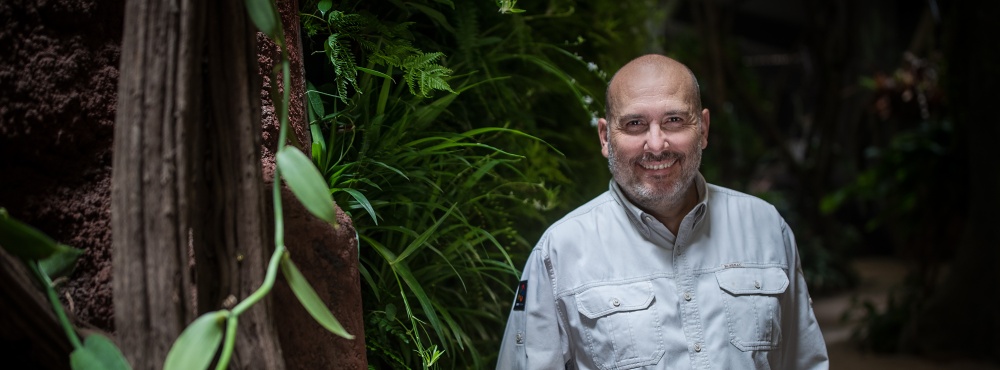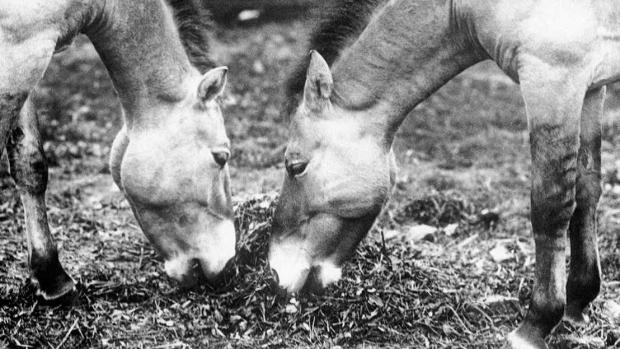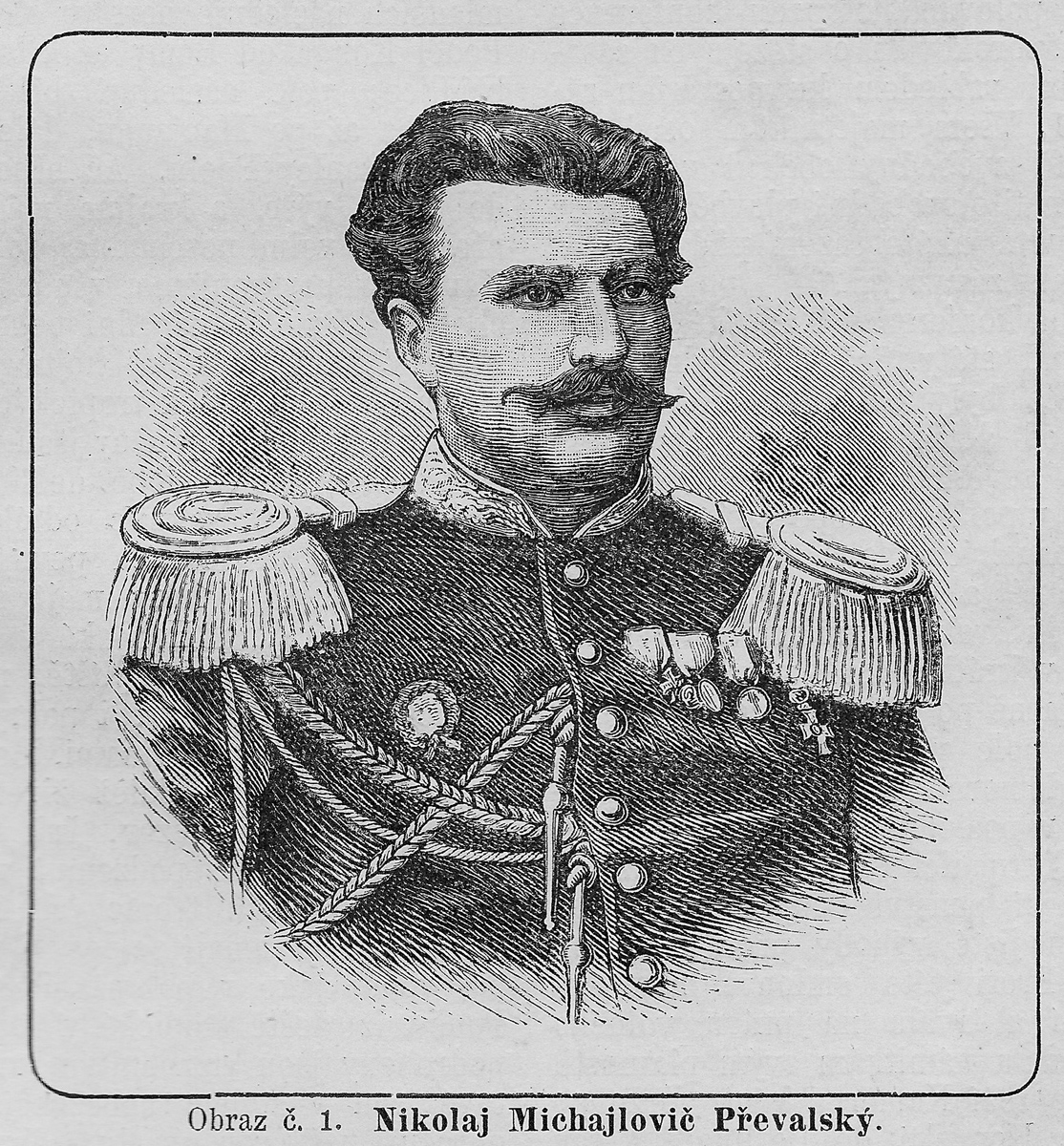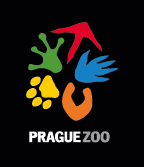Three Anniversaries

We commemorate three anniversaries this year: 180 years since the birth of geographer Nikolay M. Przhevalsky, 120 years since the first transport of Przewalski’s horses from Asia to Europe and 60 years since the 1st International Symposium to Conserve Przewalski's Horse, which took place in Prague. All these anniversaries are of fundamental significance for Prague Zoo.
 Ali and Minka became the basis of the breeding programme at Prague Zoo in 1932. Photo: Prague Zoo Archive
Ali and Minka became the basis of the breeding programme at Prague Zoo in 1932. Photo: Prague Zoo Archive
The famous Russian traveller, explorer and soldier Nikolay Przhevalsky (1839 - 1888) was credited with bringing back knowledge about a large part of Asia. He mapped previously unknown territories, described the habits of local residents and, last but not least, contributed to the discovery of many previously unknown plant and animal species. Many of them still bear his name to this day, but the Przewalski’s horse clearly stands out among them. Przhevalsky saw the last of the wild horses for the first time in 1875, but only three years later he had acquired and sent the skin and skull of one young stallion to St. Petersburg. On the basis of this material, zoologist Ivan S. Polyakov described the Przewalski's horse in 1881, making it known to science and thus to the whole world.

The first living Przewalski’s horses were transported to Europe - specifically to the Askania-Nova biosphere reserve owned by Friedrich von Falz-Fein in what is now southern Ukraine - by Nikolai I. Assanov. This Russian businessman, who controlled businesses in the then Chinese town of Kobdo (now the Mongolian city of Khovd), and his helpers had probably been trying to catch Przewalski's horse foals since 1897, but did not actually succeed until 1899: they sent five of the seven captured foals from Kobdo to Bijsko a walk of 500 km, from there they were transported by rail. However, the four surviving fillies arrived in Askania at the beginning of 1900, thus raising the question as to whether it really is a “nine” anniversary. Moreover, a much more significant transport, paid for by the German animal trader Carl Hagenbeck, took place in 1901. This time, 28 Przewalski’s horse foals were brought to Europe. Two of their descendants - Ali and Minka - became the basis of the breeding programme at Prague Zoo in 1932.

It is often said that it was the importance of Prague’s breeding programme that led the German zoologist Erna Mohr to initiate the extraordinarily important 1st international symposium to save Przewalski's horse held in Prague in 1959. This is undoubtedly true. But, let us add that the efforts of Prague Zoo’s then director, JUDr. Cyril Purkyně, also played their part. In connection with the symposium itself, it is necessary to mention one of its participants, prominent biologist Jiří Volf. For three decades, he kept the International Studbook of the Przewalski's Horse and contributed significantly to both the conservation of the last wild horse and the beginnings of its later return to the wild.

At the same time as we are commemorating these three anniversaries, an alarming report by the United Nations Intergovernmental Panel on Biodiversity and Ecosystem Services (IPBES) has recently been published. It makes for shocking reading, with few positive messages. This makes me all the more pleased and proud of the fact that the Przewalski's horse is mentioned in this report as one of the examples of a successful conservation effort.
Published in the Czech daily MF Dnes.
Read more
ZOOPRAHA.CZ
Contacts
- The Prague zoological garden
U Trojskeho zamku 120/3
171 00 Praha 7
Phone.: (+420) 296 112 230 (public relations department)
e-mail: zoopraha@zoopraha.cz
Others








